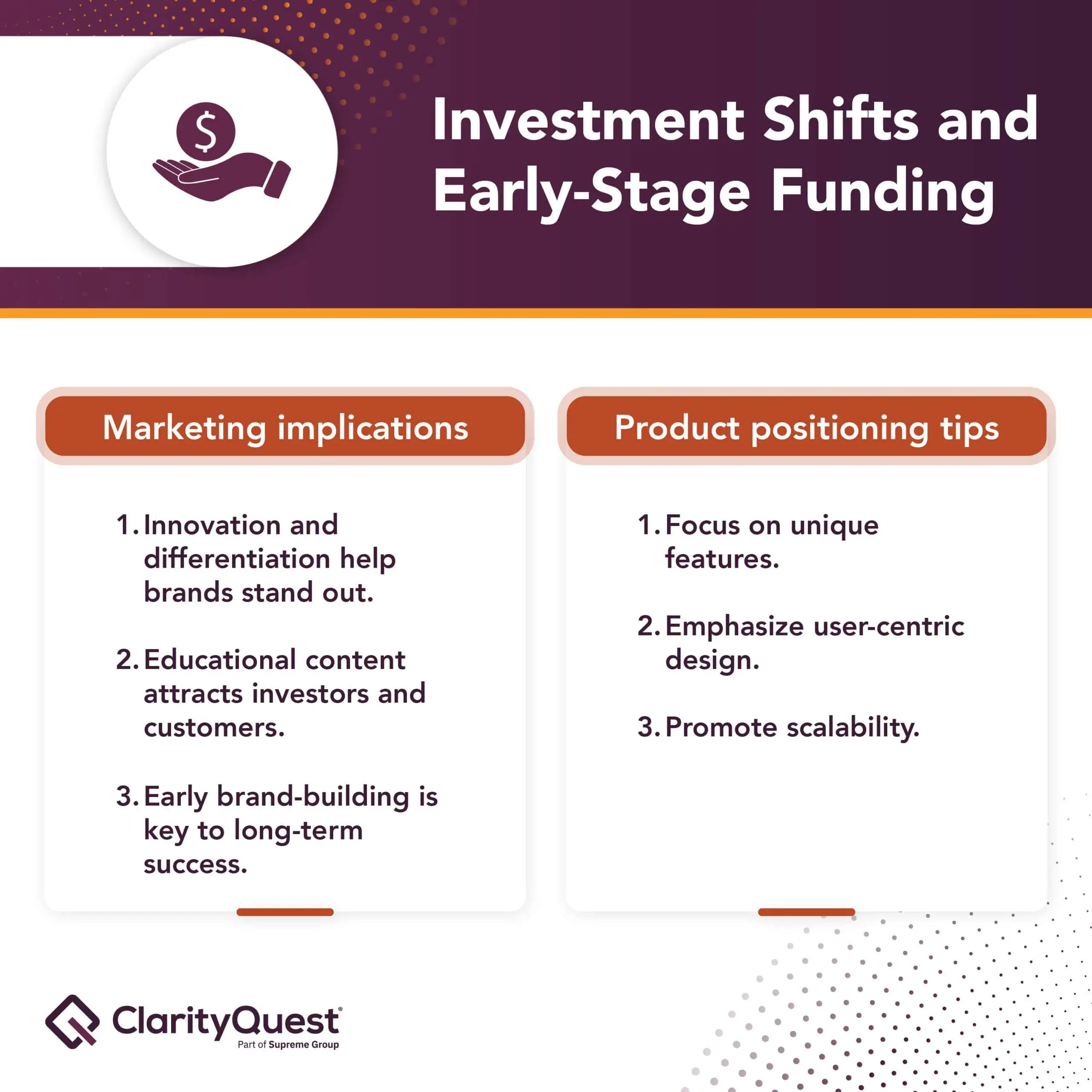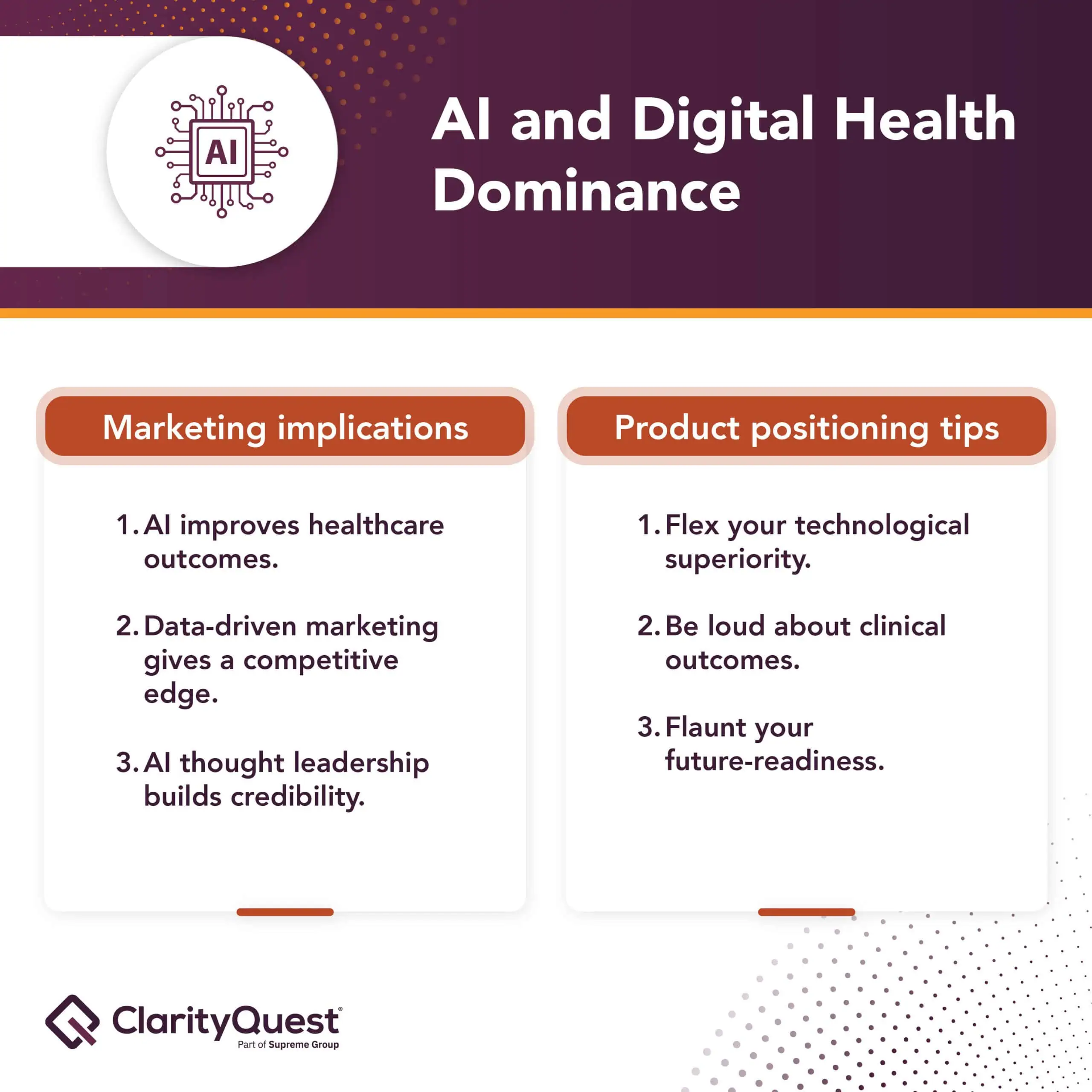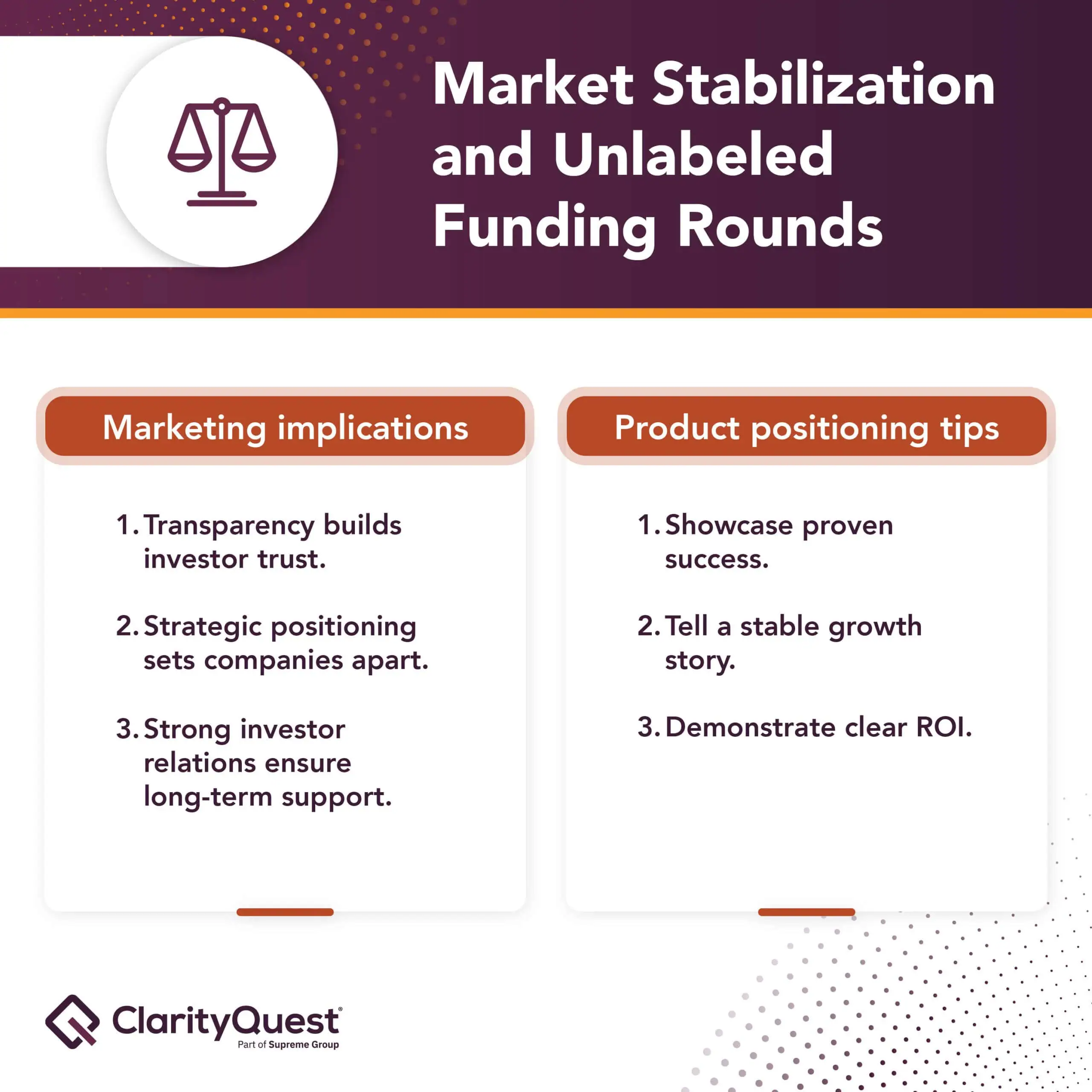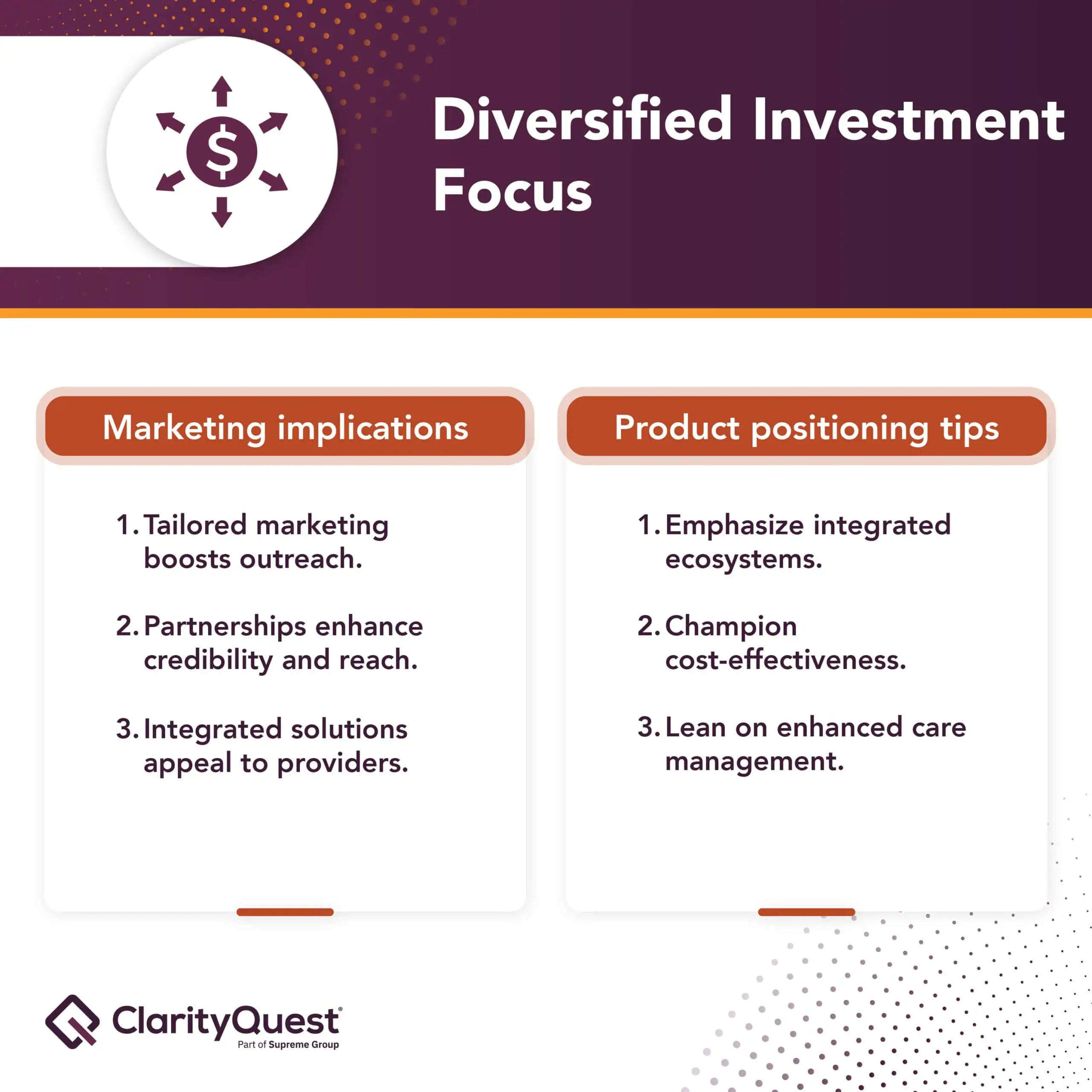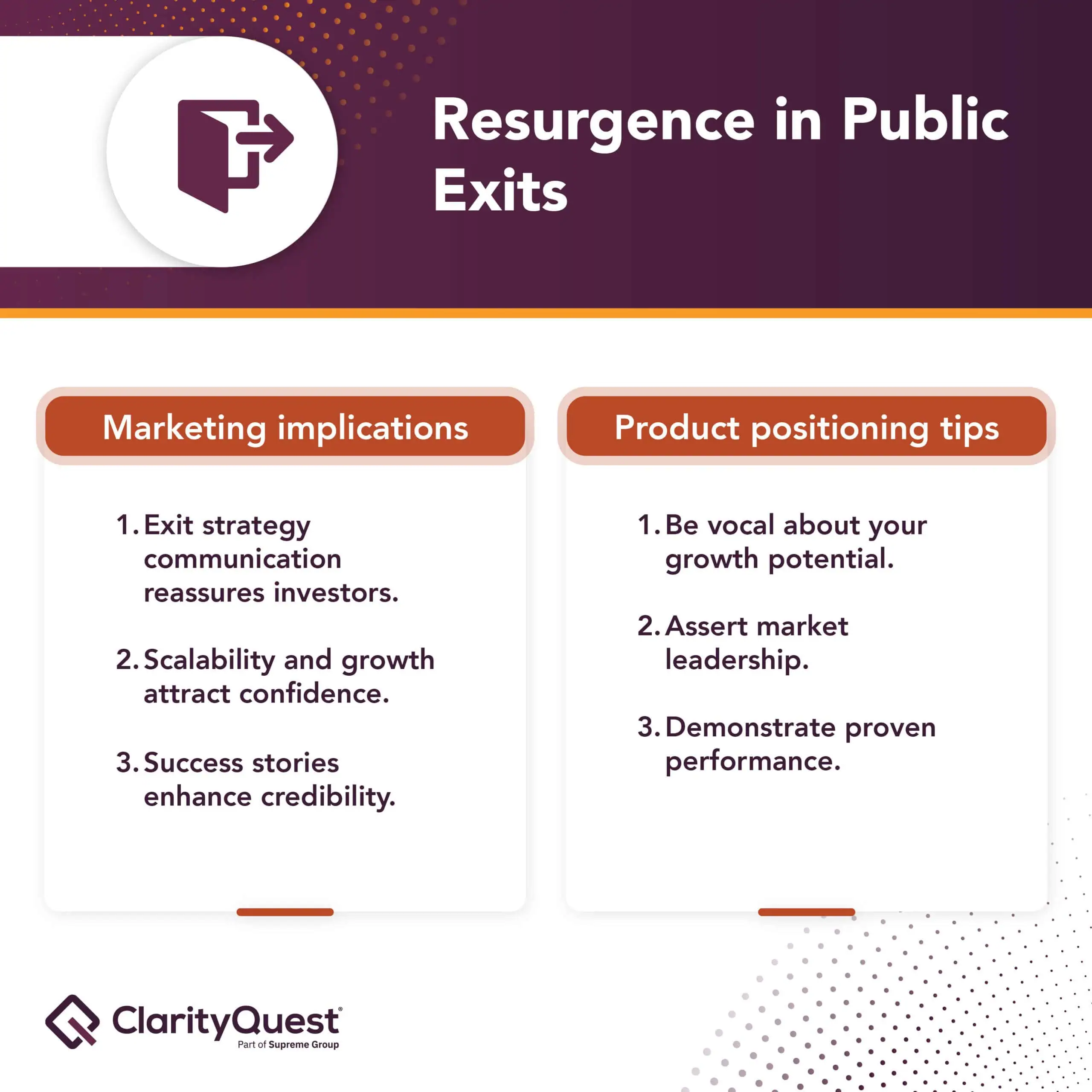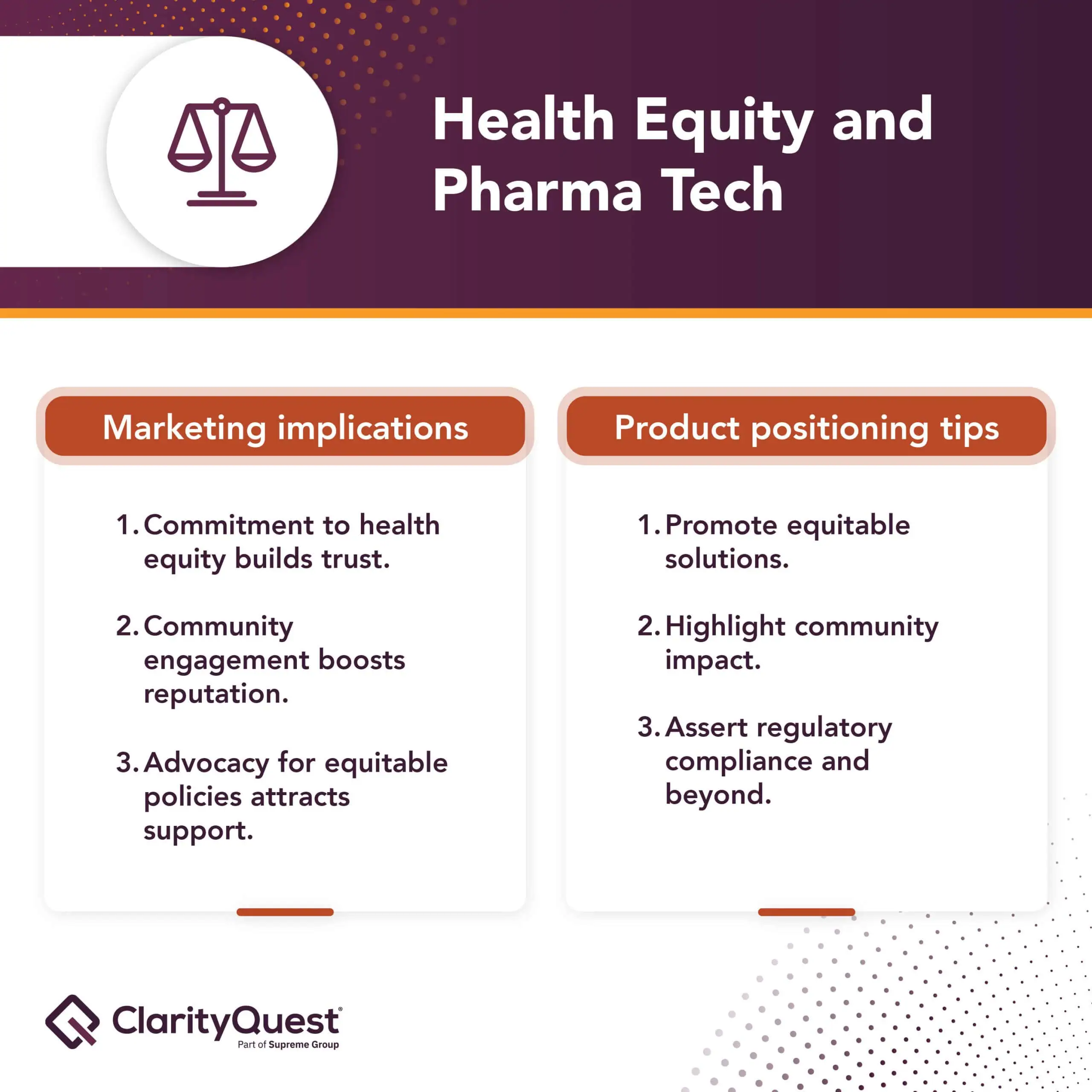Healthcare technology is evolving faster than ever. Investments are changing course, AI is redefining what’s possible, and economic uncertainty is forcing everyone to rethink their strategies. It’s a whirlwind, no doubt, but for the companies willing to adapt, it’s also a time of incredible opportunity.
In this paper, we explore six trends shaping healthcare tech right now:
- The boom in early-stage funding
- AI’s growing role in everything from diagnosis to workflows
- A rejuvenated and stabilized investment market
- Diversified investment across the healthcare landscape
- Public exits increasing after a period of stagnation
- A rising focus on health equity and pharma tech
But we won’t just look at what’s happening. We’ll share how to use these trends to strengthen your position, attract investors, and build a brand poised for future success.
The health tech market is brimming with potential—let’s explore how you can seize it.

